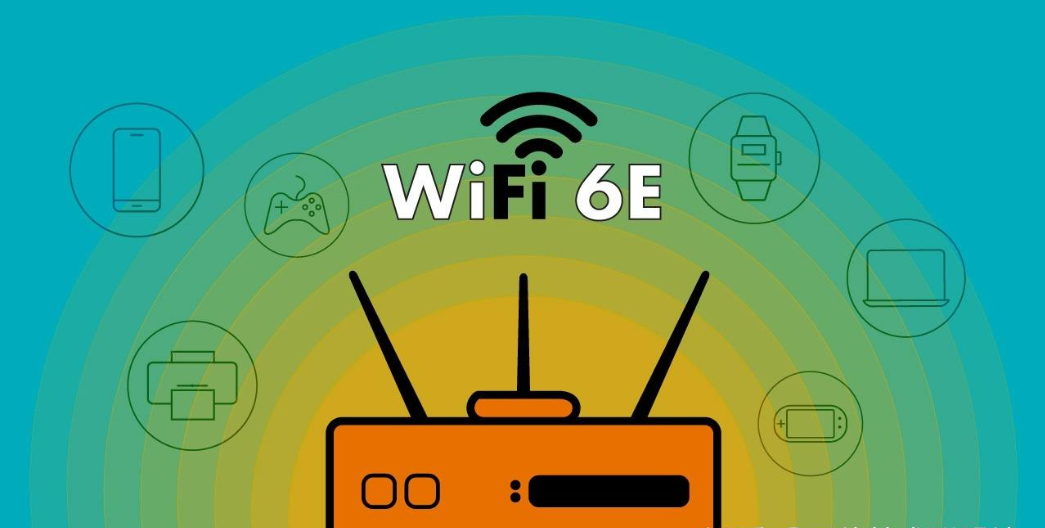QCA9890-MU-MIMO- and QCA9880-MIMO-different wireless communication standards

QCA9890-MU-MIMO- and QCA9880-MIMO-different wireless communication standards
MU-MIMO (Multi-User Multiple Input, Multiple Output) and MIMO (Multiple Input, Multiple Output) both involve multi-antenna technology in wireless communications, but they have different applications and working principles.
MIMO (Multiple Input, Multiple Output):
Definition: MIMO is a technology that improves the performance of wireless communication systems by using multiple antennas. It can be applied to Wi-Fi, LTE, and other wireless communication standards.
Principle: MIMO systems use multiple antennas to send and receive data to increase the capacity and reliability of the channel. On the transmitting side, the data is split into multiple streams, each stream sent through a different antenna. On the receiving end, these streams are combined, increasing the speed and reliability of data transfer.
Advantage:
Increase data transmission speed: MIMO systems can utilize multiple antennas to transmit multiple data streams simultaneously, thereby increasing data transmission speed.
Improved reliability: Data is transmitted through multiple paths. Even if one path is interfered with or attenuated, other paths can still transmit data, improving communication reliability.
MU-MIMO (Multi-User Multiple Input, Multiple Output):
Definition: MU-MIMO is a further development of MIMO technology that allows communication with multiple user devices simultaneously, instead of just one.
Principle: MU-MIMO systems allow a transmitter to communicate with multiple receivers simultaneously. Each receiver can be a separate user device, such as a smartphone, laptop, or other Wi-Fi device. A transmitter uses multiple antennas to transmit data streams to multiple receivers, thereby serving multiple users within the same time slice.
Advantage:
Multi-user support: MU-MIMO can serve multiple user devices simultaneously without performance degradation. This is useful for high-density network environments, such as home or business networks with multiple devices.
Improved efficiency: MU-MIMO increases the efficiency of Wi-Fi networks because it makes better use of available bandwidth and reduces competition between users.
Summary: MIMO is a technology that improves single-user communication performance by using multiple antennas, while MU-MIMO is an extended MIMO technology that allows multiple user devices to be served simultaneously, improving the efficiency and effectiveness of multi-user networks. performance.
QCA9890 and QCA9880 are both wireless network chips produced by Qualcomm and are used in wireless communication equipment such as Wi-Fi devices and routers. Here are their differences and their respective advantages:
Chip type:
The QCA9890 is a dual-band (2.4 GHz and 5 GHz) 802.11ac Wave 2 3x3 MU-MIMO chip.
The QCA9880 is a dual-band (2.4 GHz and 5 GHz) 802.11ac Wave 1 3x3 MIMO chip.
performance:
QCA9890 has higher performance and more advanced functions than QCA9880. Wave 2 supports MU-MIMO, which means it can communicate with multiple devices at the same time, increasing the efficiency and throughput of the network.
QCA9880 is the Wave 1 standard and does not support MU-MIMO. It has lower performance and cannot communicate with multiple devices simultaneously.
speed:
The QCA9890's maximum speed is typically higher, reaching 1.3 Gbps (1300 Mbps) or higher, depending on the device and network configuration.
The QCA9880's maximum speed is typically lower, up to 1.3 Gbps, but is limited by the Wave 1 standard.
Applicable scene:
The QCA9890 is more suitable for environments that require high performance and support for multiple devices, such as enterprise routers, high-performance home routers, and wireless access points.
The QCA9880 is suitable for low- to mid-range home routers and general home network applications, and it may be an affordable choice if advanced features are not required.
price:
Due to the difference in performance and functionality, the QCA9890 is generally more expensive, while the QCA9880 is more affordable.
Overall, the QCA9890 has advantages in performance and advanced features and is suitable for application scenarios that require higher speeds and more connections, while the QCA9880 is suitable for general home networks and small business networks if performance requirements are not high. Which chip to choose should be determined based on specific needs and budget.
Wallys has 10 years of experience in software development and is very experienced in uboot, Linux, wifi protocol, wifi performance, OS and other systems. It mainly uses Qualcomm chips to develop important software such as drivers and kernels, and has the ability to modify and compile to meet customers' different wifi functional requirements. Meanwhile, it participates in openwrt organization and code development. wifi5 product DR40x9 has been officially supported by openwrt.
Hardware technology advantages:
We have a strong hardware design team, and experienced people know that the most difficult part of hardware design is RF circuit design, baseband, etc., while wallys team made 0 error to achieve signal integrity, such as frequency conversion of network card, from 2.4G to 900M, which is a technological breakthrough.
Clients: TIP,Facebook, Openwrt, etc
Email:sales@wallystech.com











评论